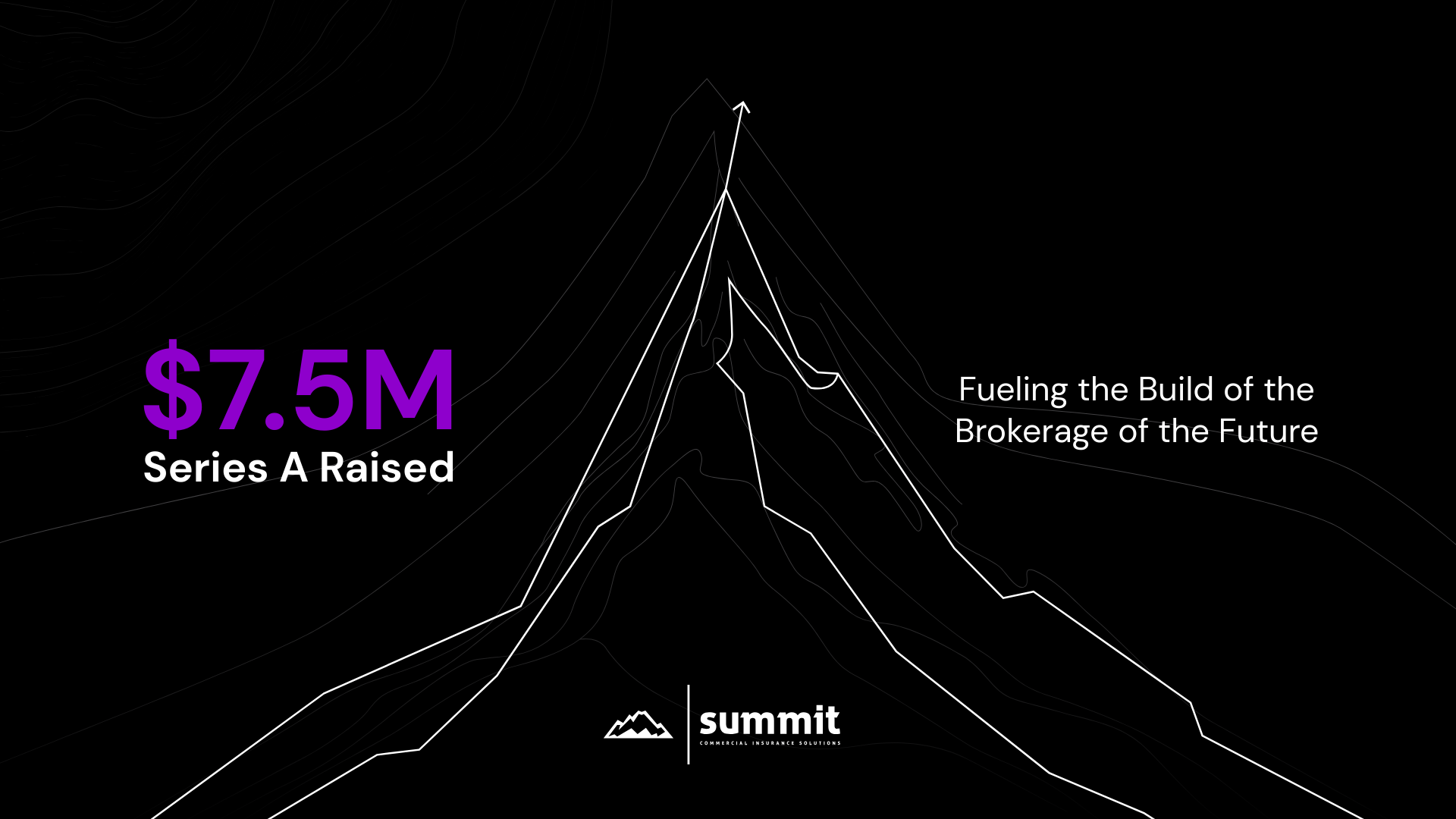.png)
The 2025 State of Commercial Insurance: Capacity, Pricing, and the Shift to Control-First Risk
Canada’s commercial insurance market has been through a rollercoaster over the last half decade. Business owners have weathered rising premiums, tighter underwriting scrutiny, and unpredictable capacity. In 2025, we are finally seeing the first signs of easing in some areas, while others remain stubbornly difficult. But one truth stands above the noise: in today’s market, it’s not enough to buy coverage — you need to prove control. The companies that can show insurers they are actively reducing risk are the ones bending the cost curve in their favour. This report offers a deep dive into rate trends, insurer appetite, and a practical 90‑day renewal playbook that every Canadian business leader should follow.
Setting the Stage: From Hard Market to Measured Stability
Between 2020 and 2023, Canada’s insurance market swung hard. Property premiums skyrocketed, cyber became nearly uninsurable, and D&O saw double‑digit hikes as insurers pulled back capacity. Business leaders were left feeling like they were paying more for less. Now, in 2025, conditions are shifting. Cyber is finally stabilizing. D&O insurers are competing again in the mid‑market. But property, particularly in wildfire‑exposed BC and flood‑prone Alberta, remains under pressure. This uneven recovery means companies need sharper strategies to secure the right coverage at the right terms.
Market Overview: Rates by Line
- Property: CAT‑exposed regions remain volatile, with 10–20% rate increases common. Buildings with sprinklers, fire‑resistant retrofits, and wildfire mitigation can still secure flat renewals — but only if controls are documented. (IBC)
- General Liability: Pricing has moderated, but insurers are quietly tightening wordings, especially around subcontractors and contractual liability. (OSFI)
- Cyber: Once nearly impossible for SMEs, cyber is now insurable — if you bring evidence. Companies with MFA, endpoint detection, and incident response plans are seeing 5–15% premium decreases. (Canadian Centre for Cyber Security)
- D&O: Pricing is stable, but underwriters are fixated on governance hygiene. Employment practices liability (EPL) has emerged as a key driver. (CSA)
- Commercial Auto: Still pressured by inflation in parts and repairs. Telematics adoption is beginning to make a measurable difference. (Statistics Canada)
Capacity Map: Where Insurers Are Playing
Insurers are leaning back into cyber, D&O, and certain liability classes. But they continue to retreat from habitational property in wildfire and flood zones. Construction sits in the middle — appetite exists, but only for firms that can show airtight subcontractor compliance. This split means Canadian businesses must approach renewals with a strategy, not just an application.
Control-First Underwriting: Proof Beats Promises
The new underwriting reality is simple: promises no longer cut it. Underwriters want evidence. For cyber, that means screenshots of MFA enforcement or logs from endpoint protection. For property, it’s fire inspection reports, sprinkler maintenance logs, and photos of defensible space. For contracts, it’s continuous verification of COIs and endorsements. Brokers who can package this evidence into submissions are not just securing quotes — they’re securing better pricing.
“In 2025, the most powerful discount is proof. Not a promise, not a binder; proof.”
The Broker Value Stack
Insurance brokers must evolve beyond placement. At Summit, we describe the modern broker’s role as a four‑layer stack:
- Advisory – designing coverage around real business risks.
- Controls – guiding clients on risk management investments that move pricing.
- Data – enriching submissions with benchmarks and evidence.
- Outcomes – delivering improved terms, smoother claims, and lender confidence.
This isn’t just theory. Canadian SMEs that treat their broker as a partner in controls and compliance are consistently outperforming peers on pricing and coverage.
A Practical Renewal Playbook: 90 Days to Better Terms
- T‑90 Days: Collect updated loss runs, financials, and operational updates. Engage carriers early.
- T‑60 Days: Implement or document at least one new control. Even a modest improvement (e.g., MFA rollout, sprinkler inspection) signals underwriting maturity.
- T‑30 Days: Confirm endorsements, warranties, and subcontractor compliance. Benchmark terms against peer data.
- Renewal Day: Deliver a polished submission package with an evidence deck. Lead the conversation, don’t react to it.
Looking Ahead: 2026 Scenarios
The market could break three ways:
- Optimistic: Capacity grows, premiums flatten.
- Base Case: Cyber and liability stabilize, property remains tough.
- Pessimistic: Another catastrophic wildfire or flood triggers a property pricing reset and reinsurance retreat.
The Canadian insurance landscape is slowly normalizing, but volatility remains. Property risks tied to climate events will continue to challenge capacity, while cyber and liability are becoming more manageable. The businesses that win in this environment will not be those with the loudest brokers, but those with the most disciplined evidence of risk control. Whether you’re a CFO preparing renewals or a founder navigating new lines, the path forward is clear: lead with proof, not promises.



